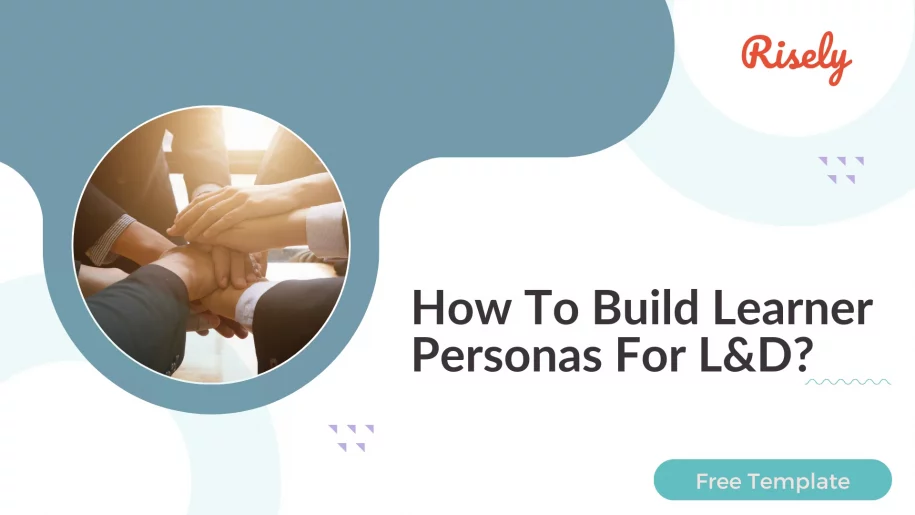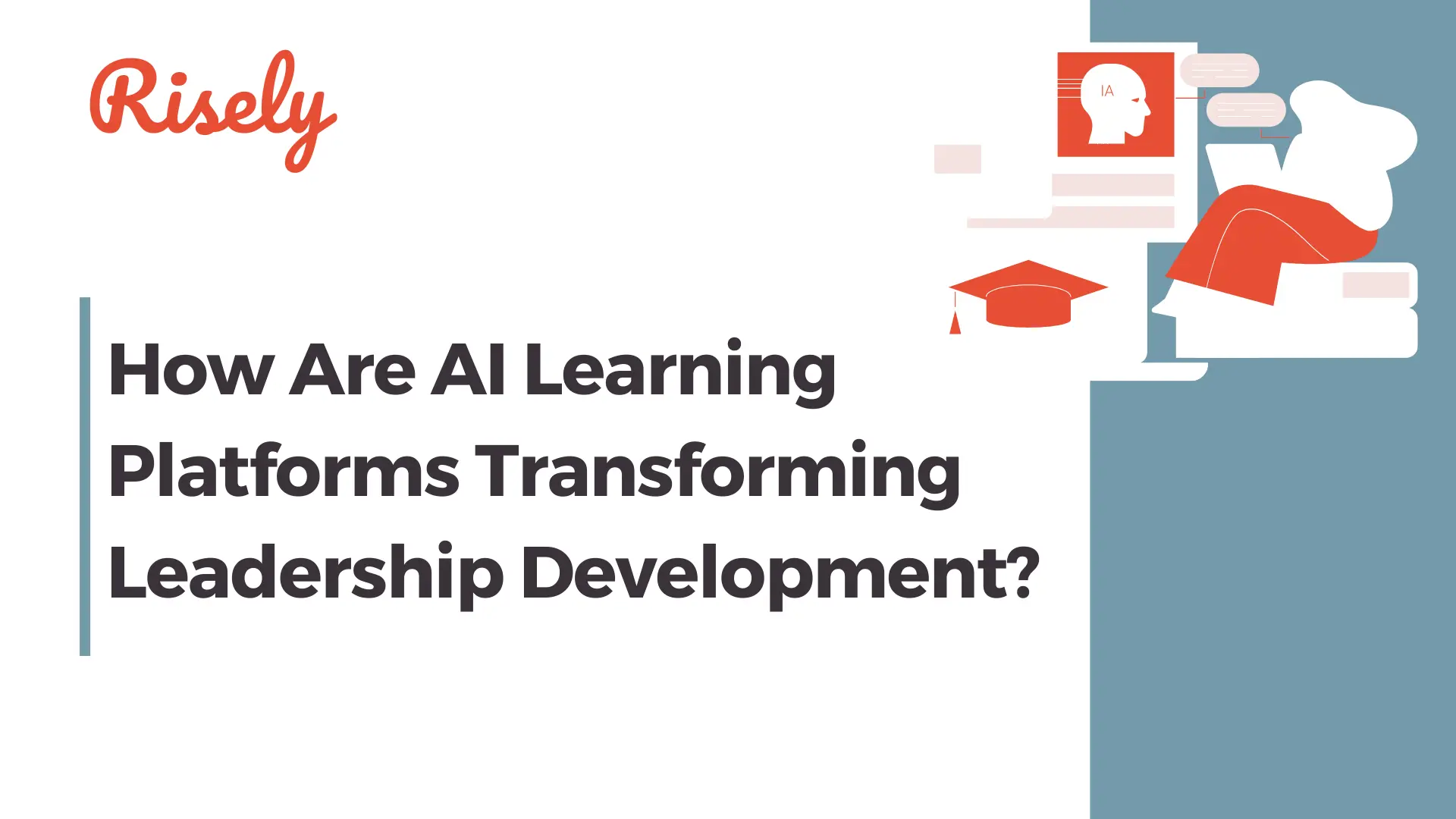How To Build Learner Personas For L&D? Free Template
For every learning designer, the root question is who will use this content. All your actions to ensure that the learning plan and content match the ultimate goals at every level stem from this answer. But we cannot design tailored courses for every learner out there, can we? Not in the traditional sense. AI is changing this by including hyper-personalization in its action plans. Yet not every type and form of training takes well to it, and learner personas act as a great starting point in the design process for learning and development teams. By knowing your learners’ journey well, you can create learning experiences that really connect with them. This is where learner personas help. These are semi-fictional images of your best learners based on real information. Using learner personas helps you build training programs that are personal and effective. It leads to real results. In this blog, we will learn all about these personas of learners at work.What are learner personas in L&D?
Think of learner personas as models that show the typical traits, backgrounds, and aims of the people you want to reach. They provide more than just basic details.A learner persona is a fictionalized representation of your target group or audience. It is used extensively in designing learning and development programs.
They give important clues about your learners’ needs, dreams, worries, and goals. When you understand these different parts, you can design your training content and the way you deliver it. This will help meet the special needs of your target audience and improve the overall learning experience. Ultimately, you get an impactful L&D strategy!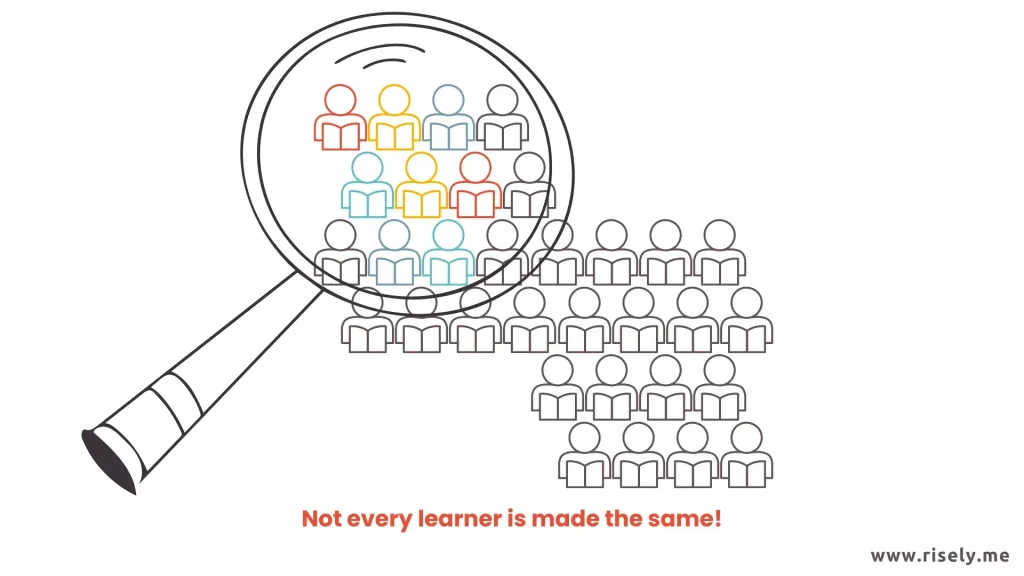
Where can learner personas help you?
Effective learner personas are more than just demographics. They show real details about your target audience, like how they learn, what drives them, and what challenges they face. By doing thorough audience analysis and creating clear learner personas, you set up a strong base for training programs that work well. These personas help you go beyond basic training materials. You can create content that truly fits your audience’s needs and learning styles. You can understand common characteristics, like how they prefer to learn, what they already know, and where they need help. This way, you can make training that is engaging and relevant. The outcome is better learner involvement and improved knowledge retention, because you design with empathy for the learner. That gives us many use cases for learner personas in L&D, such as:- Curriculum Design: They help connect your training content to specific learning outcomes, making sure it is relevant.
- Content Creation: You can adjust the format, language, and examples to connect better with your target audience.
- Delivery Optimization: They help you choose the right delivery methods and technology.
🔗 See it in action now: Grab Risely’s Learner Persona Template for Free!
But that does not mean that learner personas are the best thing out there. There are many pitfalls associated with misuse and overuse of learner personas in the L&D function. While learner personas are incredibly valuable tools in most training scenarios, there are instances where their use may not be as beneficial. One such scenario is when dealing with highly homogenous learner groups where individual differences are minimal. In such cases, investing time and resources in creating detailed personas may not yield significant returns.What are the common pitfalls for learner personas in L&D?
- Overgeneralization: Developing overly broad personas that do not accurately represent the diversity within your target audience makes them powerless as a tool.
- Static personas: Your audience evolves and changes. Similarly, the level of learning maturity in your organization also grows over time. Thus, your personas of learners need to evolve with these. Otherwise, you will continue to design L&D with a non-existent person in mind.
- Neglecting feedback: Not incorporating feedback from learners to refine and adjust the personas over time is another major issue. Remember, learner personas should be dynamic tools that adapt to changing needs.
- Lack of validation: Relying solely on assumptions or limited data to create personas without validating them through research or direct input from the audience creates trouble as it can make you biased and stereotypical.
- Ignoring outliers: Disregarding unique or outlier characteristics within your audience that could impact learning preferences and outcomes.
Other Interesting Reads
How can you build and use learner personas for L&D?
Creating effective learner personas is a smart process. It focuses on collecting, studying, and understanding data to clearly show who your target audience is. Let’s break it down into a few simple steps: It’s about changing plain data into valuable images of your learners.#1 Gathering and Analyzing Data for Your Personas
The success of good learner personas depends on having rich and detailed data. It’s important to collect both numbers and personal stories to fully understand your learners. You can use surveys and data analysis for facts about demographics and learning likes before averaging them out to get the profile. But that’s just the beginning. Go deeper by gathering personal insights through interviews and focus groups. Ask participants to talk about their experiences, struggles, and hopes related to learning. The aim is to discover the ‘why’ behind how they learn. Looking at this valuable data shows patterns and trends. It helps identify different groups in your target audience. This could lead to finding one main learner persona, along with secondary personas that represent other key parts of your learners.#2 Validating Personas with Stakeholders
Once you make your first learner personas, it’s important to work with others to confirm them. Get ideas from subject matter experts, team members, and even future learners. This helps make sure your personas are correct and relevant. Working with stakeholders helps catch any unrealistic profiles or unconscious bias that might slip in during development. Open talks and feedback help you make your personas better and more useful for training decisions. Keep in mind that creating learner personas is a process that changes over time. Be ready to adjust based on feedback from others. There are two main actions here:- Stakeholder Feedback: Seek input from subject matter experts, team members, and potential learners. Specifically ask for feedback on whether the personas resonate with their experiences and observations.
- User Testing: Conduct interviews or focus groups with actual learners to see if the personas align with their behaviors and preferences. Observe how users interact with your learning materials and compare it against the persona traits.
#3 Crafting Your Learner Personas
Bring your learner personas to life by transforming data-driven insights into relatable, easy-to-understand profiles. There are many ways to do it. You can use a Word Doc, or a slide deck, or even ready to use templates for learner personas like the one we have. Structure the information using a clear and concise format, providing a snapshot of each persona. A learner persona should include details such as demographics (age, gender, location), learning preferences, motivations, goals, challenges faced in learning, preferred learning styles, tech proficiency level, and any other relevant information that gives a holistic understanding of the individual’s learning journey. These insights create a vivid representation of the target audience, guiding the development of tailored development strategies. The key is to humanize the data and make it relatable for effective decision-making in training and educational planning. You should consider incorporating elements like:| Element | Description | Example |
|---|---|---|
| Persona Name | A memorable name representing the persona | Tech-Savvy Sarah |
| Job Title | Reflects their role within the organization | Marketing Manager |
| Skill Level | Indicates their proficiency in relevant areas | Intermediate |
| Pain Points | Highlights key challenges they face | Struggles to keep up with the latest digital marketing trends |
| Learning Preferences | Describes their preferred learning methods | Enjoys interactive online courses and video tutorials |
Learner Persona Example (with Free Template)
We start the process by obtaining hypothetical personal details for Andrew. Since he is a marketing manager, we develop educational and professional information that is in tune with that. Further, we attempt to understand Andrew’s personality type, which can help you judge the person’s openness to learning, likely reaction to different training methods, and preferences. Similarly, the professional goals and challenges showcase what impacts the learner regularly as they carry on their daily business. All of this context comes together to help us summarize who Andrew is and add a quote that goes with his personality.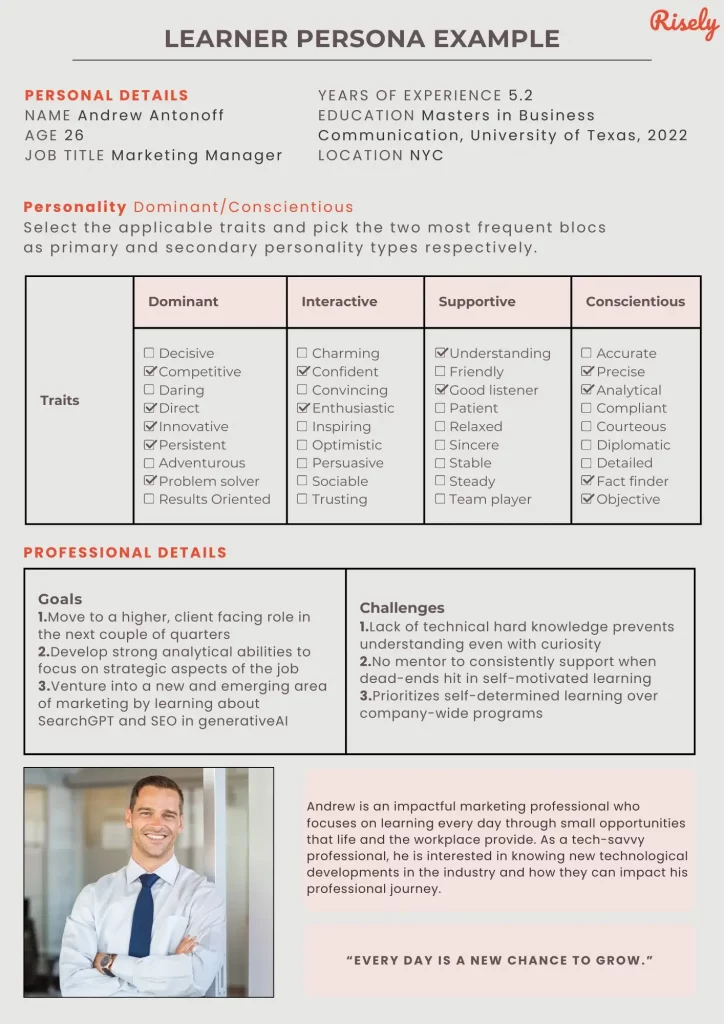
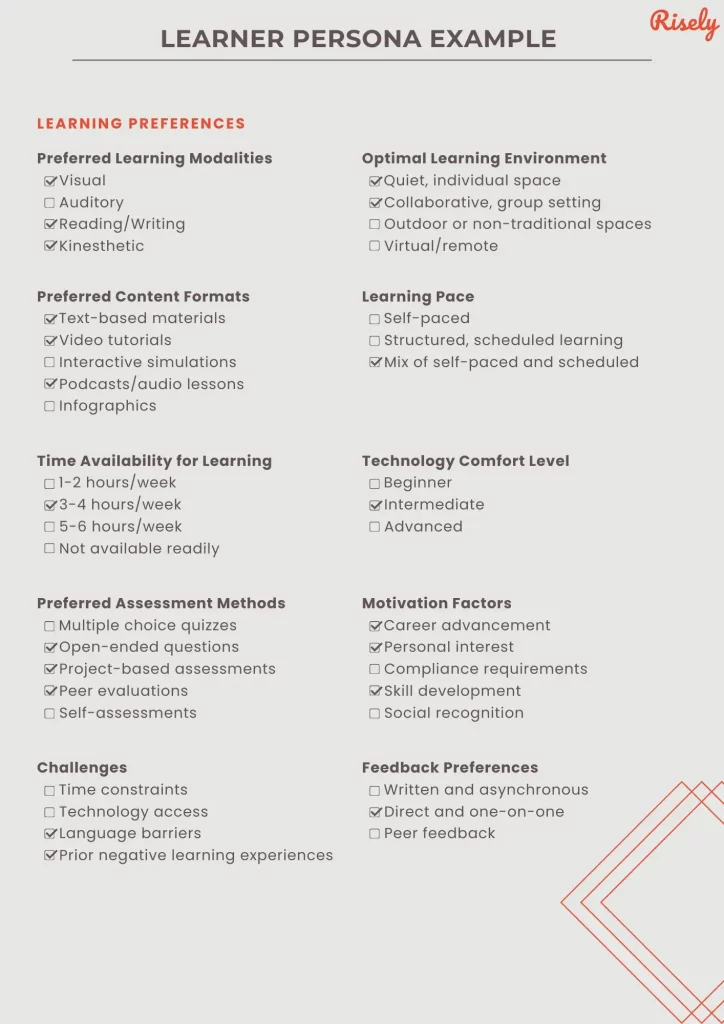
Conclusion
In conclusion, creating accurate learner personas is crucial for successful learning and development (L&D) strategies. By knowing what your audience needs and likes, you can adjust your learning materials. This helps keep them engaged and helps them remember more. Use the step-by-step guide to collect data, check it with stakeholders, and make detailed learner personas. These personas serve as a guide for making personalized and effective learning experiences for different styles. Embrace learner personas to improve your training programs and make your organization’s learning culture better over time.Grab Risely’s free learner persona template now!
Start solving critical L&D challenges with Risely holding your hand.
How Are AI Learning Platforms Transforming Leadership Development?
How Are AI Learning Platforms Transforming Leadership Development? As an L&D leader, you’re likely familiar with this frustrating reality: 82%…
How to build a Learning and Development Action Plan ft Katie Greenwood
How to build a Learning and Development Action Plan ft Katie Greenwood Does your company’s Learning and Development (L&D) strategy…
Discussing AI in Learning and Development with Dr. Steve Hunt
Discussing AI in Learning and Development with Dr. Steve Hunt AI is the big thing for our age. But, do…
What is Immersive Learning? A New Era in Education
In this blog, you’ll learn what is immersive learning and how it is changing training, increasing engagement, and influencing the…
How to Build a Learning and Development Dashboard?
How to Build a Learning and Development Dashboard? A well-designed Learning and Development (L&D) dashboard isn’t just a collection of…

